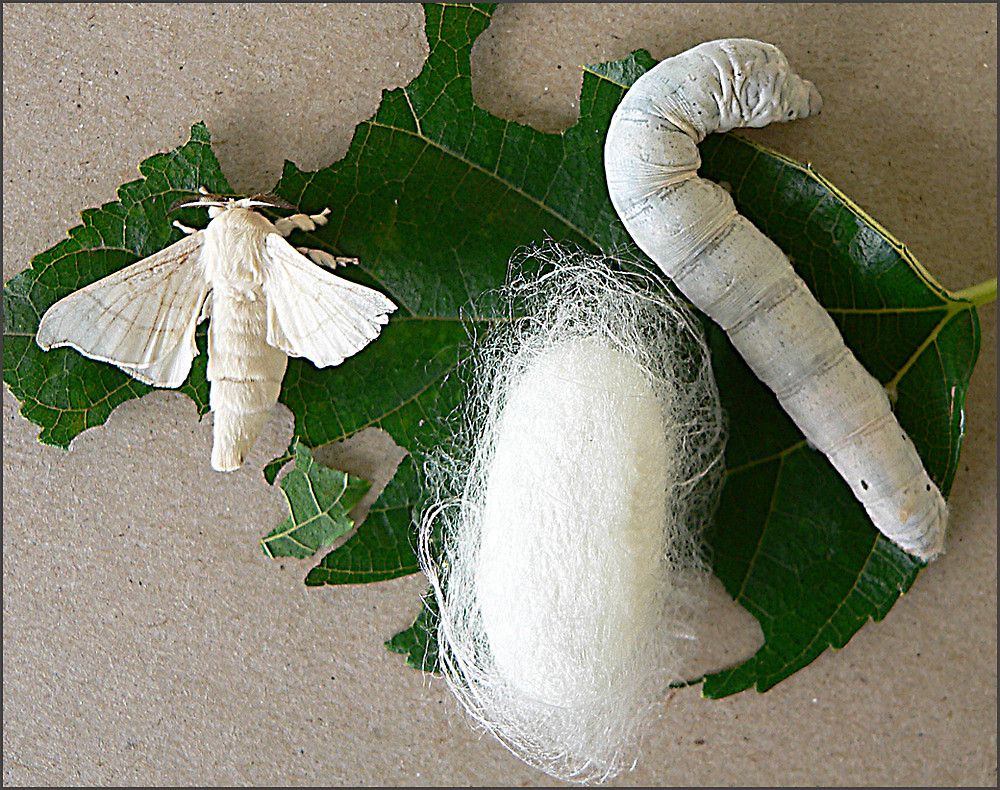The terms “cocoon” and “chrysalis” are often used interchangeably, but they actually refer to different structures in the life cycle of certain insects, such as butterflies and moths. Here’s the difference between the two:
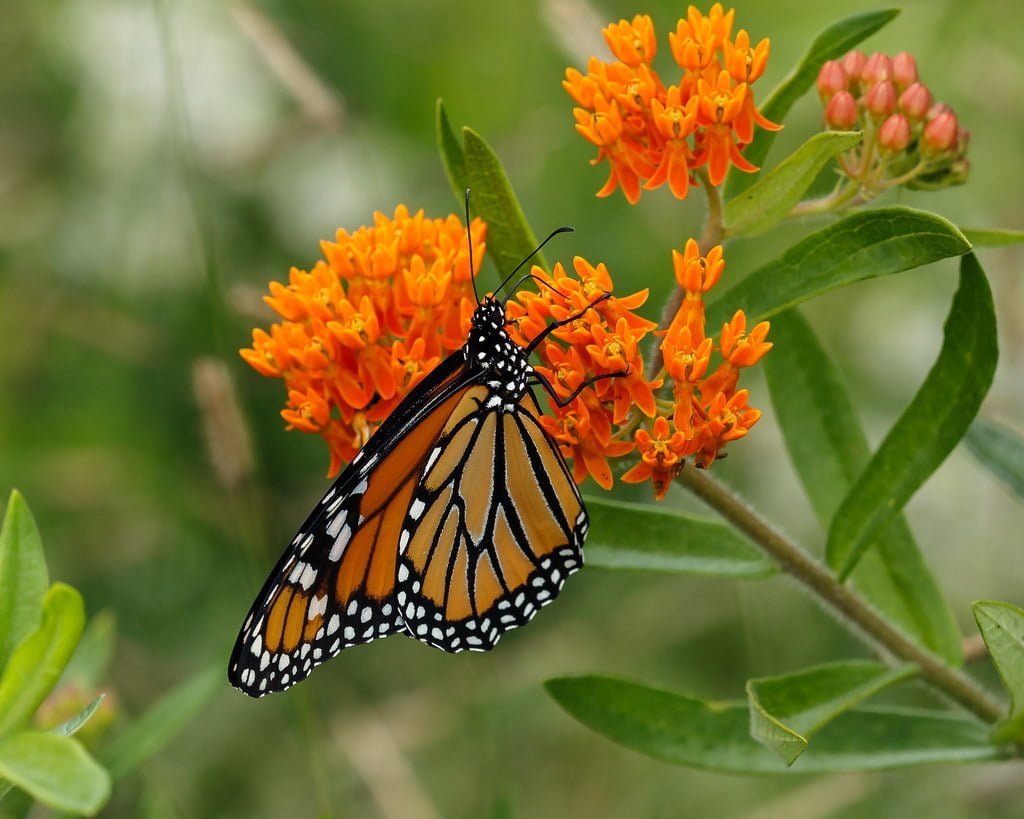
Butterfly Milkweed Seeds (Asclepias Tuberosa) for North America
More than 50 Orange Butterfly Milkweed Seeds (Asclepias tuberosa) originating from tobacco country for most of North America.
Cocoon
A cocoon is a protective covering spun by moth larvae, known as caterpillars, to enclose themselves during the pupal stage of their life cycle. The cocoon is typically made of silk, which is produced by specialized glands in the caterpillar’s mouth. Inside the cocoon, the caterpillar undergoes metamorphosis and transforms into an adult moth. The cocoon is usually brown or tan in color and has a papery or fibrous texture.
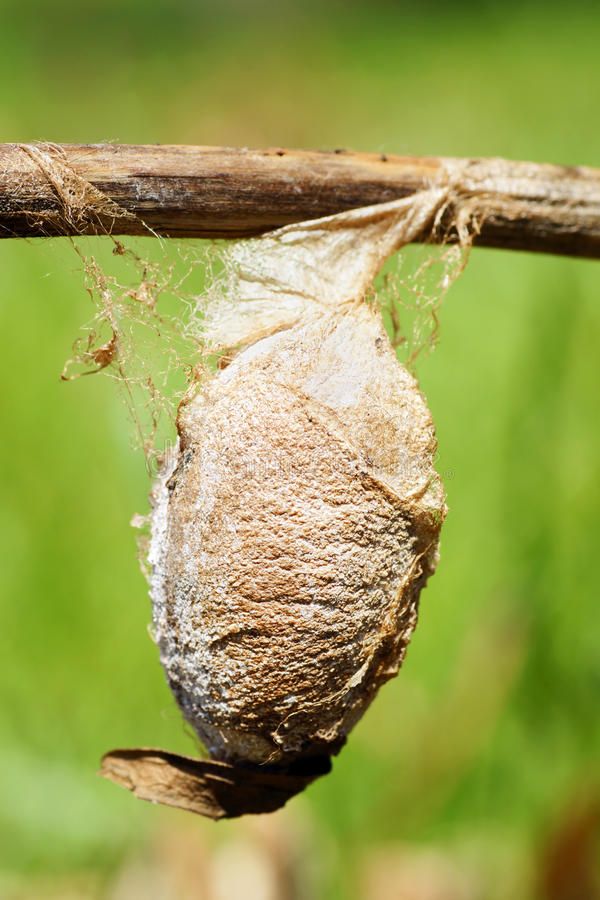
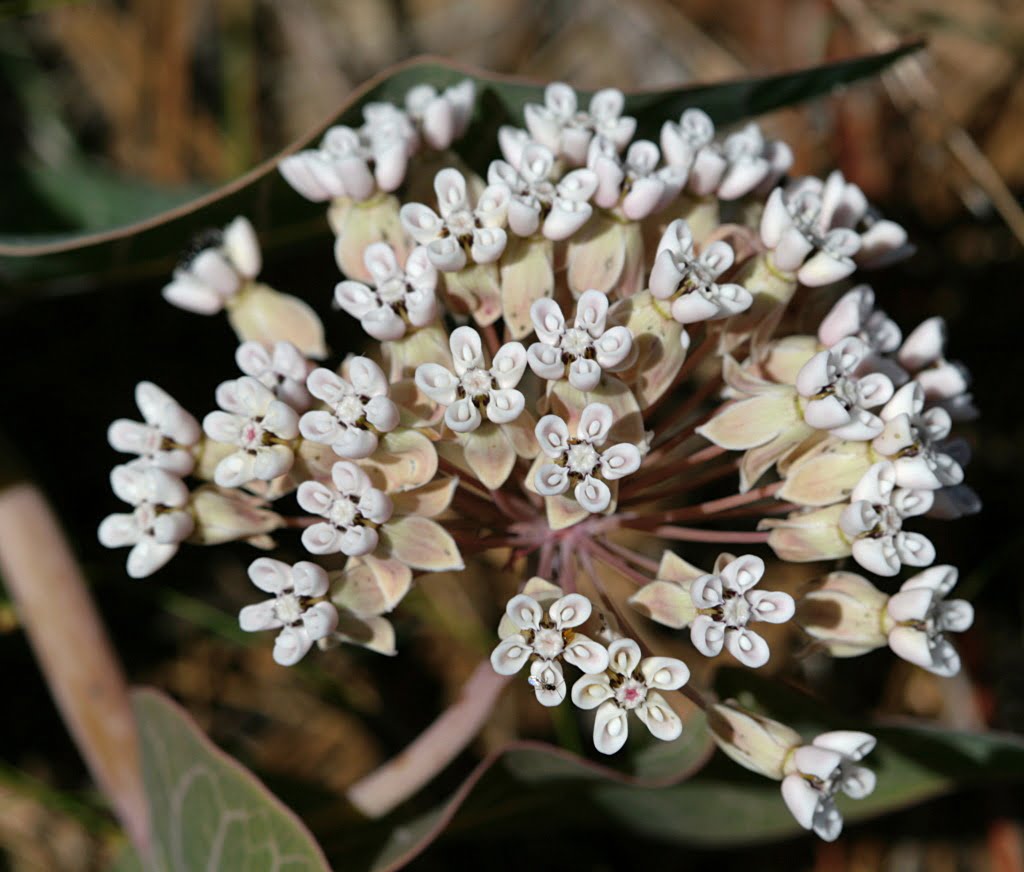
10 Sandhill Milkweed Seeds Ascslepias Humistrata Pinewood Milkweed Florida-Native
With Johnny Butterflyseed’s Sandhill Milkweed seeds, you’re not just planting flowers; you’re cultivating a living mosaic of nature’s marvels. 10+ Florida Native seeds.
Chrysalis
A chrysalis, on the other hand, is the pupal stage of butterflies. It is the protective casing that forms around the caterpillar as it transforms into an adult butterfly. Unlike a cocoon, a chrysalis does not consist of silk spun by the caterpillar. Instead, it is formed directly from the caterpillar’s body. The outer surface of a chrysalis is often smooth and hard, providing protection for the developing butterfly inside. The color of a chrysalis can vary depending on the species, but it is generally green or brown to blend in with the surroundings.
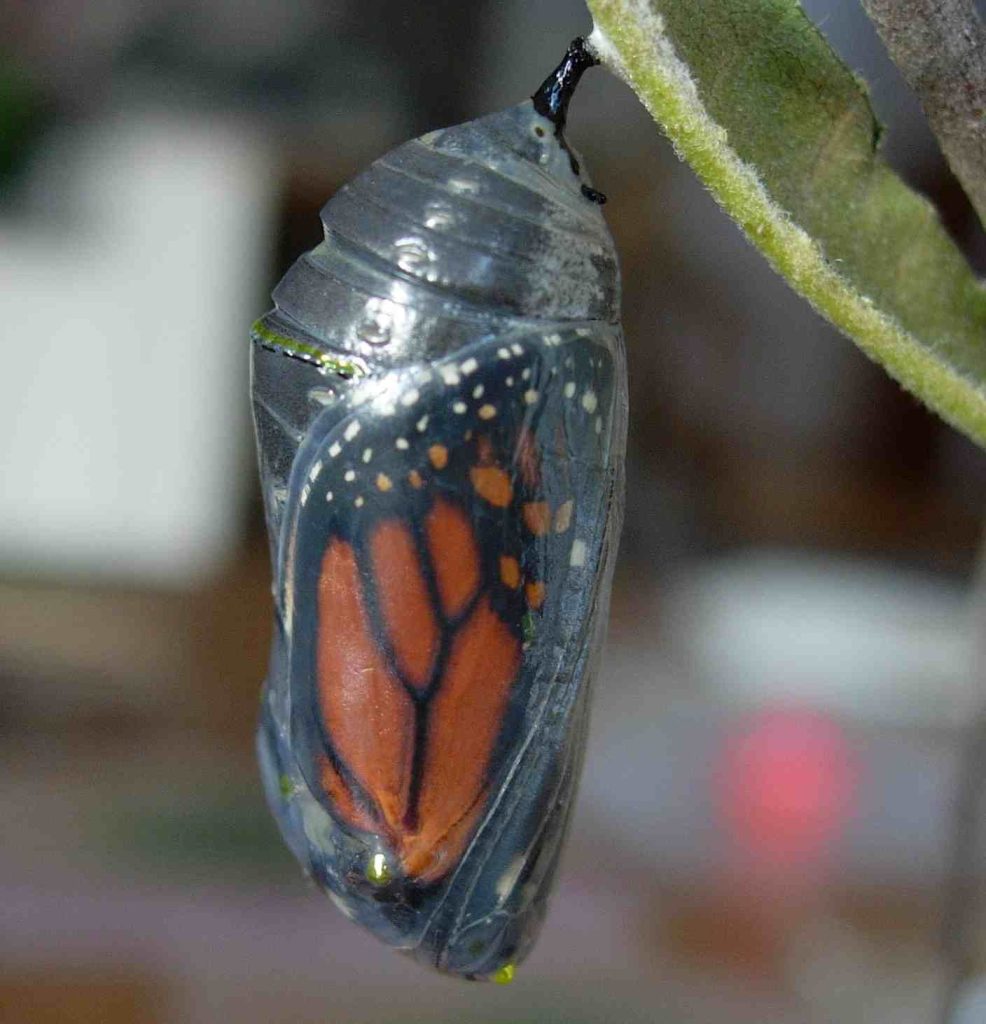

To summarize, a cocoon is a silk casing spun by moth caterpillars, while a chrysalis is the hardened casing formed by butterfly caterpillars. The distinction between the two mainly lies in the method of construction and the type of insect undergoing metamorphosis.
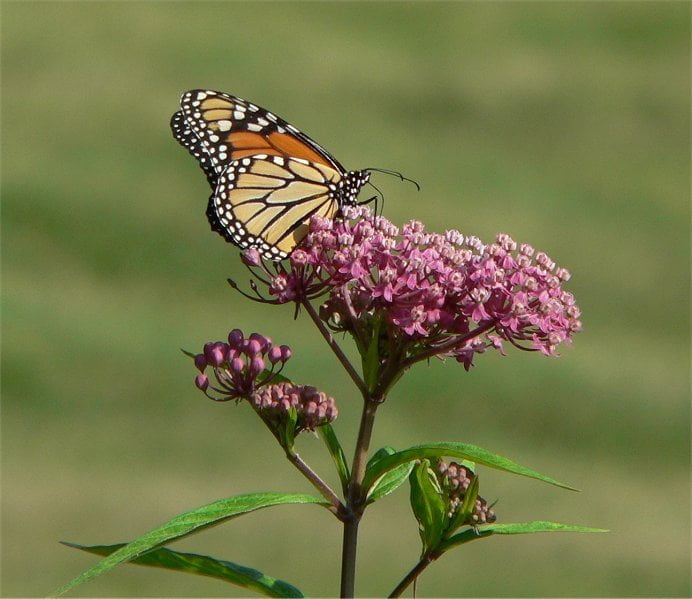
50 Swamp Milkweed Seeds (Asclepias incarnata) for North America
Create a sanctuary that celebrates. Bring the beauty of Swamp Milkweed to your garden with Johnny Butterflyseed’s Premium Swamp Milkweed Seeds.

The Adventures of Johnny Butterflyseed – Author Signed First Edition Children’s Book
Save the monarchs!
Johnny Butterflyseed and his fairy friend, Raven Silverwing, embark on a mission to save the rapidly disappearing butterflies. They enlist the help of Queen Venus Goldwing and her kingdom of monarchs to educate and inspire kids to become butterfly farmers. At first, Johnny faces his own internal struggle with self-doubt and fear in his ability to make a difference, but then soon develops a mindset that allows him to not only get started, but also make progress one day at a time. Through challenge after challenge, Johnny learns that he is not alone in his mission and that there are many people who want to help. Together, Johnny, Raven, and Queen Venus educate thousands of children on becoming butterfly farmers.
